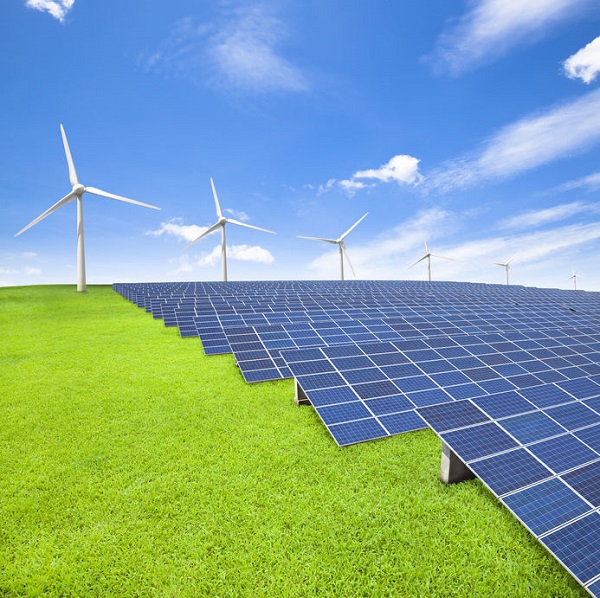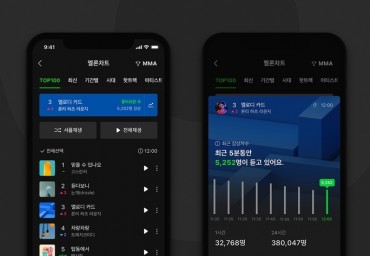
Gapa Island now has two wind generators (250 kilowatts each) and photovoltaic cells installed on 35 households (3 kilowatts each), producing a total of 624 kilowatt energy. (image: Kobizmedia/Korea Bizwire)
SEOUL, Sep. 4 (Korea Bizwire) – The Korea Electric Power Corporation (KEPCO) knuckles down to turning 64 islands among 180 islands in Korea into archipelagos of creating self-reliance energy.
In these islands populated by hundreds to thousands residents, diesel generators have produced electricity. Since demand for it is much less than cities, the cost of electricity has been 500 won to 16,000 won per kilowatt/hour, much more expensive compared to 100 won per kilowatt/hour in cities. The electricity utility, however, has charged the same city rate, which makes KEPCO incur losses.
For this reason, the state-run electricity generator started to nurture the micro-grid business as a new growth engine. The micro-grid business creates electricity by making use of renewable energy such as wind and solar power in small areas including islands.
The business is particularly expected to grow on a scale of $40 billion in Korea. If the initiative succeeds, KEPCO plans to export the technology abroad.
The best practice so far is the project on Gapa Island, 5.5 kilometers off Jeju Island, packed with tourists. The island used to produce electricity by operating diesel generators with the problems of high cost and air pollution. Since this year, however, the island has become a carbon-free island with independent power generation by utilizing wind and solar power.
Gapa Island now has two wind generators (250 kilowatts each) and photovoltaic cells installed on 35 households (3 kilowatts each), producing a total of 624 kilowatt energy.
Not only that, the corporation plans to transform another island, Gasa Island in South Jeolla Province, into a power self-sufficient community. The system producing 400 kilowatts of energy from wind generators and 320 kilowatts by solar power generators is scheduled to be adopted.
“We expect that the dissemination of micro-grid systems could save more than 16 billion won, equivalent to US$15.7 million, a month,” Choi Tae-il, a manager of KEPCO said. “It is also expected to help address problems including power loss and high cost,” he added.
By Veronica Huh (veronicah@koreabizwire.com)






